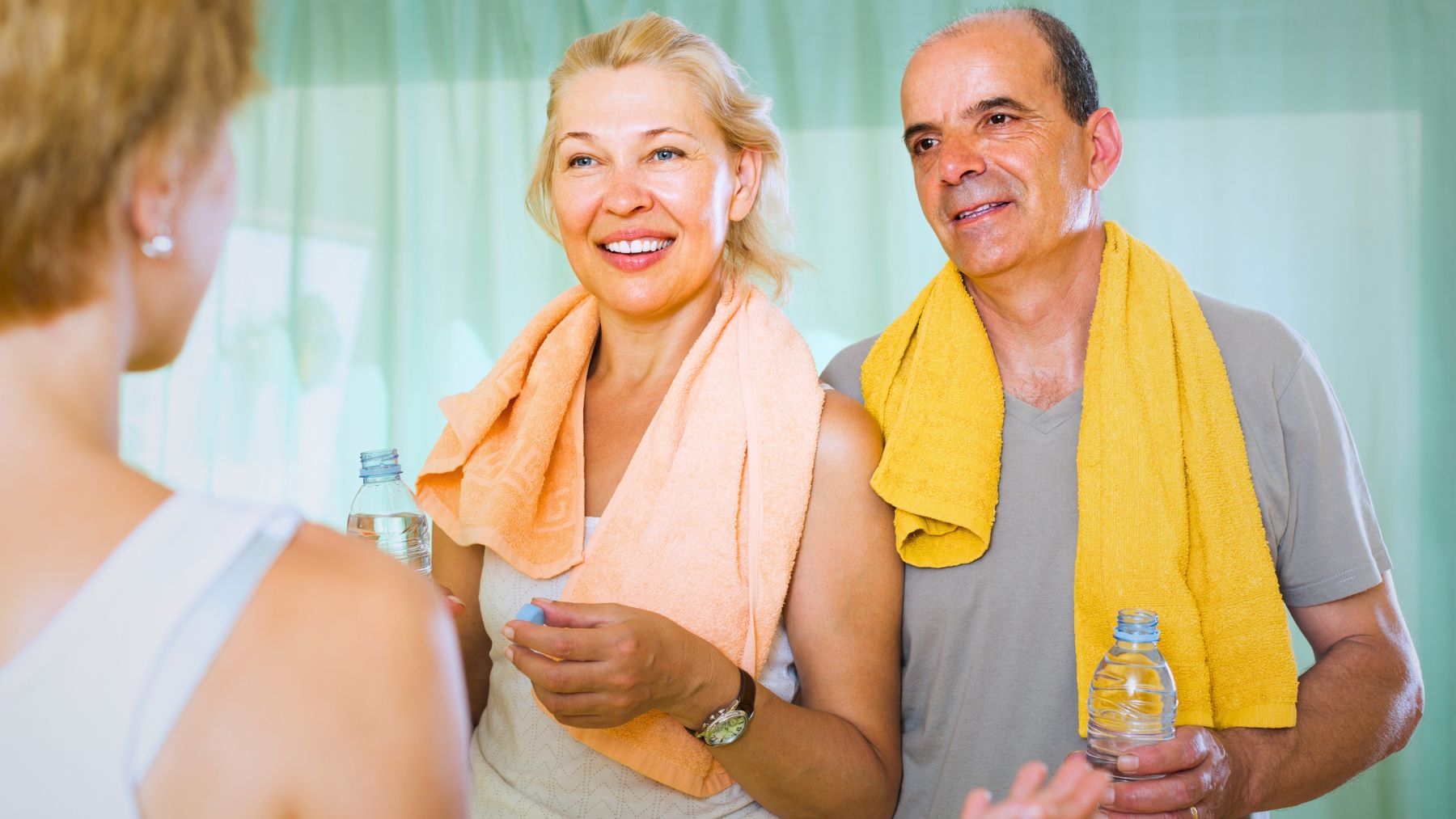Finding exercise that is truly gentle on the joints after 60 can feel like a puzzle. Although pilates and cycling are frequently recommended, they might not be ideal for everyone. For those looking for more options, another form of movement provides both support and relief: water jogging.
This low-impact activity offers several benefits for older adults managing joint issues. Here, we’ll examine why water jogging stands out and how it alleviates joint stress while enhancing fitness. We’ll also outline practical steps to incorporate this exercise into your routine safely.
Water jogging: gentle movement and real results for seniors over 60
Water jogging involves simulating a running motion while submerged in water. The secret lies in buoyancy. Water supports much of the body weight, reducing the impact on hips, knees, ankles, and spine that often comes with land-based exercises such as running or brisk walking. This natural support makes each movement easier and minimizes pain.
However, a gentler exercise does not equate to diminished effectiveness. The resistance of water challenges muscles in every direction: it gradually strengthens the legs, core, and the upper body as you move your arms. Additionally, it safely elevates your heart rate for improved cardiovascular health, similar to the benefits of water aerobics or aquatic rehabilitation classes.
Exercising in the pool also lowers the risk of falls, providing a secure space to work on balance and agility. The result is a workout that builds strength and endurance without aggravating sensitive joints, often leading to noticeable pain relief over time. If continuous jogging proves too strenuous, a brisk water walk offers comparable benefits at a more relaxed pace.
Getting started with this exercise safely
Before embarking on any new exercise routine, especially if you have pre-existing conditions, it’s wise to consult with your doctor to ensure that water jogging is well suited for you. Once cleared, focus on establishing a safe and comfortable environment. Here’s how to begin:
- Use the right gear: Wear water shoes. Pool bottoms can be slippery, and water shoes provide grip and stability.
- Find the right depth: Stand in water about waist to chest high. This depth provides optimal buoyancy support while allowing effective movement.
- Use flotation if needed: In deeper water, use a foam noodle tucked under your arms or a flotation belt/vest. This keeps you safely upright and allows you to focus on form without struggling to stay afloat.
- Start slow and focus on form: Begin with a comfortable pace, concentrating on smooth movements. Lift your knees and swing your arms naturally, just like jogging on land, but without the jarring impact.
- Control your speed: Moving slower offers less resistance, making it easier. Pushing harder through the water increases resistance for a tougher workout. Build intensity gradually.
- Listen to your body: Never push into pain. Water exercise should feel challenging but manageable, not painful. Stop if you feel any sharp discomfort.
- Stay hydrated: You sweat in the pool even if you don’t feel it. Drink plenty of water before, during, and after your session.
Not only does water jogging serve as a reliable form of exercise for seniors, but it also offers social benefits when practiced in group settings. As seniors come together to tackle the challenges of aging and joint pain, they build both physical resilience and an emotional support network that enhances their well-being.
